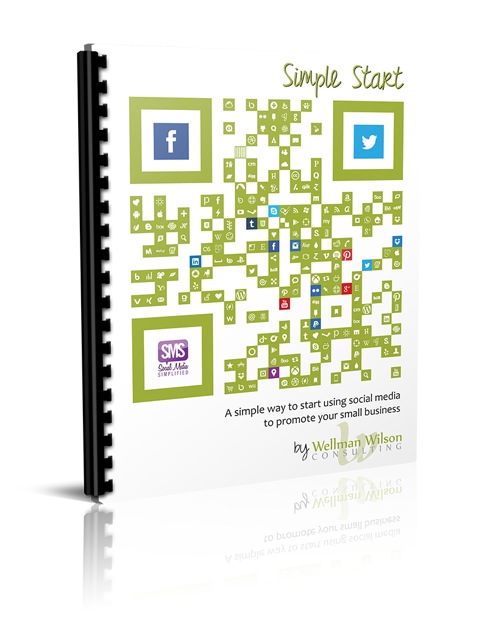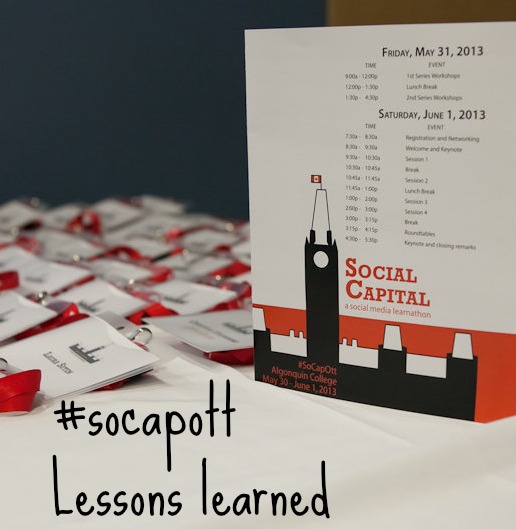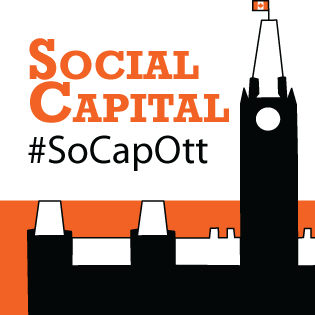“Social media for your small business”
Does that phrase make you a bit anxious? If it does, you aren’t alone.
 Social media for small business is important, but it doesn’t have to be stressful or overwhelming. The key is to start slowly and with intent.
Social media for small business is important, but it doesn’t have to be stressful or overwhelming. The key is to start slowly and with intent.
Simple Start
We spend a lot of time working with small business owners and we wanted to come up with a way for people to break down what needs to happen to start having a social media presence into small and manageable parts. Our answer is a brand new program called Simple Start.
What is Simple Start?
It’s starting slowly.
It’s committing ten minutes a day for a month.
It’s creating a consistent presence on one channel by spending time thinking about:
- who you are,
- what you do,
- who you’re talking to, and
- what they want to hear.
What do I do?
Block off ten minutes a day for the next month and commit to the following:
- Figure out what your goals are with social media. Are you hoping to attract new customers, make more sales, be more known?
- Figure out who your target audience is. I mean, really think about who they are and what they would want from you. It definitely isn’t “anyone who has money.” By speaking directly to one segment of the population you can create content that really connects to them, instead of writing content for everyone that connects with nobody.
- Figure out what you want to say to them. I know you have a lot say, but there are certain things that are more important than others for achieving your goals. Know what they are.
- Share useful information. Be a valuable resource to people.
- Find links to articles that your audience would like. You don’t have to create everything you share.
- Make a list of interesting pages on your web site to share with them. Your web site is your home base, make sure you’re telling people they should go there sometimes.
- Once you have a big chunk of content, start scheduling that content and interacting with people every day.
What will this do?
It’s going to make sure that what you’re saying online is actually going to help you achieve your goals. It’s going to help you build relationships with people. It’s going to help you stay top off mind with your customers and potential customers.
It’s going to take the stress out of coming up with content on a daily basis.
Give it a try!
Commit to ten minutes a day and start getting ready to really wow your audience online. Remember that what you’re saying has to be of value to your customer. You aren’t trying to sell them anything and they aren’t there to do something for you. You have to make them think you’re so awesome they can’t help but WANT to buy from you. You can do it!







